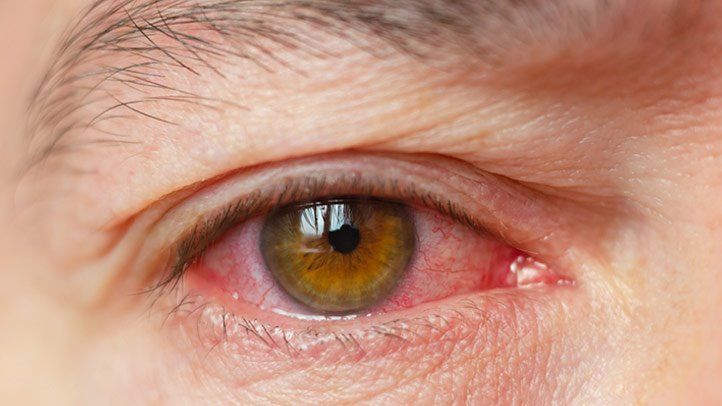Dry eyes syndrome, a prevalent ocular ailment, has long been linked to aging. However, there has been a notable shift in recent years, with a rising frequency among young adults.We’ll go over the complex factors that contribute to the higher prevalence of dry eye condition in younger people.
Digital Device Usage: The widespread use of digital gadgets is a major contributor to the rise in dry eye cases among young adults. Individuals in the modern era, particularly the younger generation, spend substantial amounts of time staring at screens—whether smartphones, tablets, or laptops. Prolonged screen time reduces the frequency of blinking, resulting in inadequate eye lubrication. This disorder, known as computer vision syndrome, is a major contributor to the development of dry eye symptoms in children.
Environmental Factors: Young people in modern metropolitan areas are exposed to a variety of environmental stresses that might aggravate dry eye symptoms. Air pollution, allergies, and air conditioning can all contribute to the tear film’s instability. Pollutants in the air can cause ocular surface inflammation, making the eyes more prone to dryness. Furthermore, air-conditioning systems, which are common in many interior locations, can diminish humidity levels, further drying out the eyes.
Changing Lifestyles and Dietary Habits: Young people’ lifestyle choices and dietary habits have a substantial impact on the development of dry eye syndrome. Fast-paced lifestyles are frequently associated with little sleep, chronic stress, and dehydration, all of which can contribute to ocular surface pain. Furthermore, diets deficient in essential fatty acids, which are needed for maintaining the integrity of the tear film, can increase the risk of having dry eyes.
Contact Lens Usage: The increasing popularity of contact lenses among young adults also adds to an increase in the prevalence of dry eye syndrome. Irritation and dryness can be caused by poor lens hygiene, lengthy usage, and use in harsh conditions. Some contact lenses’ lower oxygen permeability may jeopardize corneal health, worsening dry eye symptoms. To reduce these risks, comprehensive contact lens care education and regular eye exams are required.
Hormonal Changes: Hormonal variations, particularly in women, can have an impact on tear generation and quality. Young women may suffer changes in tear composition and volume following hormonal events such as pregnancy, oral contraceptive usage, or menopause, predisposing them to dry eye symptoms. Understanding the relationship between hormones and ocular health is critical for addressing the unique needs of young women in the prevention and management of dry eye syndrome.

